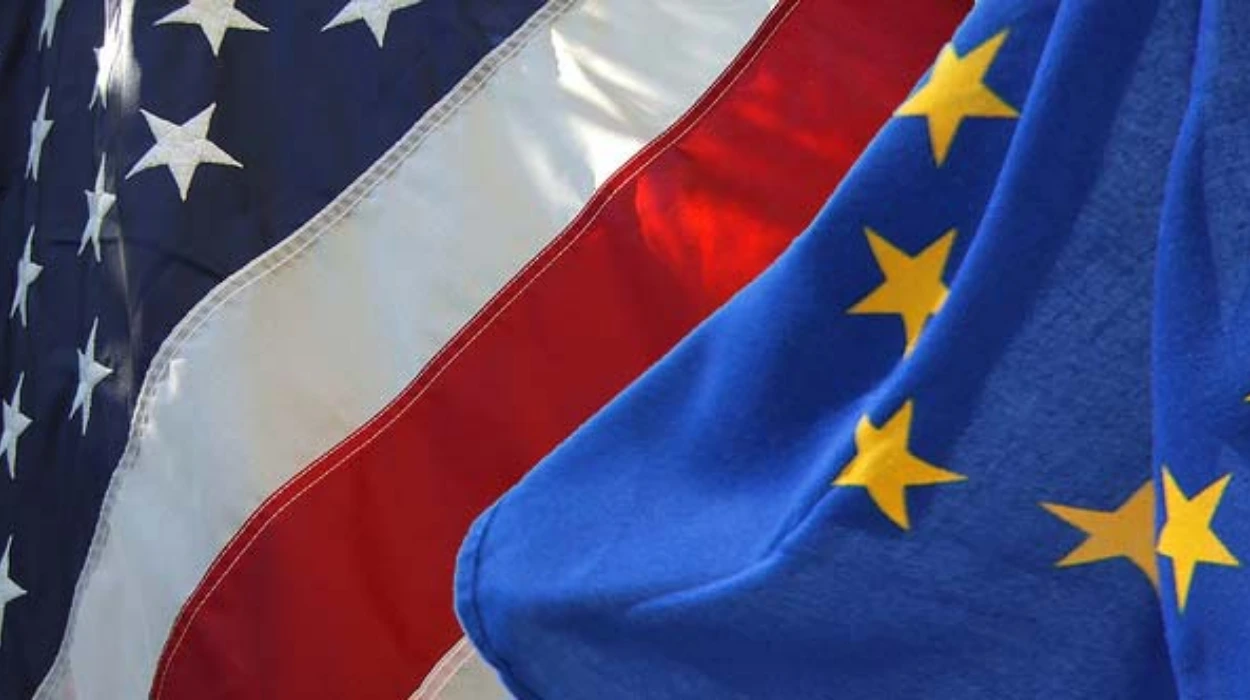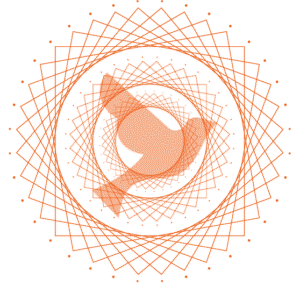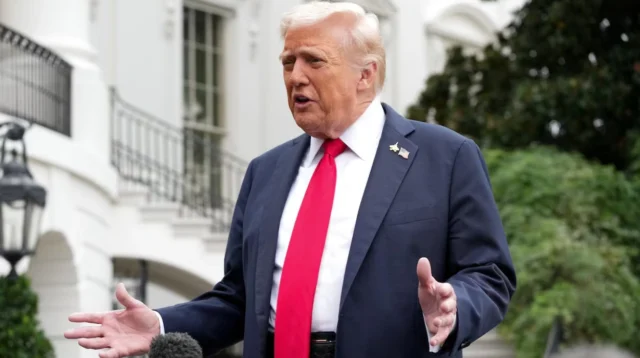Lobbying is an important factor in the policymaking in democracies and there is a different spending pattern and institutional organizational aspect in Europe as compared to the United States. Lobbying expenditures in the US were estimated to be about 4.4 billion in 2024, the highest levels ever.
By comparison, the European Union experienced declared spending of between 1.6 and 2.2 billion according to EU Transparency Register data. Even though the financial magnitude is lower in Europe, the amount of active lobbyists is similar. In Brussels, there are an approximation of 25,000 to 48,000 lobbyists and a little more than 13,000 are registered in Washington, D.C.
The US lobbying budgets are a more commercially integrated approach to advocacy, and are heavily concentrated around campaign finance and political contributions. In Europe, the focus is the regulatory skills and policy impact via the institutional dialogue. The two systems, nevertheless, display a similar pattern: the increased corporate investment in lobbying activities, especially in the areas that are facing a change in regulations, including technology, finance, and pharmaceutical industries.
Structural And Legal Differences Influencing Lobbying Practices
The Lobbying Disclosure Act of the US has always set high standards of registration and disclosure of lobbyists. The participants will be required to disclose their lobbying expenses, lobbying matters, and the government agencies of interest, which will provide openness in lobbying. The Office of the Congressional Ethics imposes these rules and supports them with the help of public databases that are regularly updated.
Conversely the regulatory environment in the European Union is more fragmented. Although the EU Transparency Register obligates those who interact with the European Commission, Parliament and Council to disclose this information, each member state has its own, which is often weaker. Germany also experimented with its national lobbying register in 2022, whilst other countries, such as Poland, have no full-fledged frameworks yet. This range of variation makes data comparability unattainable and may lead to clouding of real lobbying power in the region.
Political Structures Shape Lobbying Goals
The US lobbying tends to focus more on quick legislative wins, which are generated by the US electoral system with regular elections and extensive channels of campaign funds. Lobbyists operate in a political system in which the influence is directly proportional to financial aid, tactical affiliations, and media influence.
European lobbying, on the other hand, is aimed at making long term interactions. The EU is a consensus driven and slower policymaking process that uses several institutions and takes long periods of time. The lobbyists usually accomplish this by negotiating with technical committees and policy staff to influence initial versions of the laws and regulatory instructions.
Differences In Lobbying Strategies And Influence
Lobbying works in a speedy and results-driven model in the US. Professional lobbying organizations which in most cases are staffed by former legislators or regulators aim at achieving instant momentum on pending bills. Political campaigns monetized are both legal and controlled and money is an open component of strategy.
European model is focused on coalition-building and technical knowledge. Lobbyists are policy advisors and not political arm twisters. The European Public Affairs Consultancies Association estimates that out of 2025 successes in the EU, more than 40 percent of the success in lobbying is not an outright victory, but a negotiated compromise. This is unlike the more polarized and outcome focused efforts prevalent in Washington.
The Role Of Public Engagement And Advocacy Campaigns
Mobilization of the people in the two regions is different. Media-supported campaigns both offline and online are commonplace in the US to increase the pressure on legislators. Part of this highly visible process is grassroots lobbying and testifying before congressional committees.
Although there is an increased public involvement in the EU, largely through NGOs and the civil society, lobbying remains institutional. Power will be more likely to move via regulatory consultation, technical reports and consultations, and less direct appeals to the electorate.
Industry-Specific Trends In Lobbying Activity
According to trade groups, big companies are spending more to lobby the EU decision making. In the period between 2024 and early 2025, there were more than 162 top lobbying organizations that spent more than €343 million in Brussels. Among the notable players are Microsoft, Meta, Shell, and Bayer, and each of them is concerned with legislation, including the Artificial Intelligence Act and reforms of the European Green Deal.
Fears of deregulation are on the increase. Corporate Europe Observatory says that industries that have high carbon footprints are increasing their presence in the name of competitiveness, which may reformulate climate and environmental policies.
US Industry Influence Remains Dominant
The pharmaceutical industry in the United States is in the forefront of lobbying spending among the industries, with large players having a heavy spending to influence federal drug policies and patents. The technological industry, which is under antitrust scrutiny and regulation, has also increased its lobby presence in Washington.
The role of such sectors cannot be underestimated due to the system of legislation where direct testimony before the legislature, campaign support, and coalitions based on the issues are permitted. Research and policy briefs supported by industry are likely to be used as a means of influencing Congressional opinion.
Political Culture And Its Impact On Lobbying Approaches
In the US, the connection between elections and lobbying is one-to-one. Lobbyists are the regular systems of coordinating in political action committees (PACs) and offer data-driven information to lower campaign platforms by legislators. Success is often judged by passing good bill language, having an amendment, or preventing an objectionable bill entirely.
The stiff competition and a high stakes environment are created by this transactional environment. The fast pace of the legislative process implies that lobbyists have to act swiftly and accurately and are occasionally gambling on the result of elections to alter the legislative potential.
Consensus-Driven Culture In European Institutions
The orientation towards consensus that the EU has gives its lobbying environment a different dimension. It is often a requirement to be involved in protracted consultations and be able to influence initial drafts of regulations. Although lobbying still has a way of swaying decisions, it does it in a very subtle and slow manner.
Technical detail, and balance in stakeholders, are appreciated by the European Commission, especially. To be effective, lobbyists need to be competent and of long term interest in the results, particularly lobbying on an issue that is politically sensitive such as data privacy or energy transition.
Digital Transformation And Future Trends
The two regions are moving towards a digital advocacy. The personalization of lobbying is being accomplished by the use of social media, online petitioning services, and artificial intelligence-based analytics. These approaches give the opportunity to involve more people and act more quickly, especially in the context of policy discussions that are rapidly changing.
Nevertheless, there are also problems of digital lobbying in the regulation. The impact of social media and organized digital campaigns are usually not considered in the current law, and transparency and accountability of online advocacy is questionable.
Legislative Push For More Regulation And Oversight
Both the US and the EU are heading towards more rigorous regulations of transparency in lobbying. In 2025, European parliament proposals are that all MEPs should be made to disclose their meetings, and in the US, there is growing interest in increasing disclosure of foreign lobbying and third-party consultants.
These efforts are still fuelled by public pressure. As the concept of lobbying continues to establish a significant political imbalance, higher expectations of institutions are being placed to guarantee equitable access, safeguard against regulatory capture and safeguard democratic norms.
The transformative aspect of lobbying in Europe and the US highlights the role that structure, strategy, and culture play in the development of influence. The US still adheres to quick, profit-oriented strategies whereas the EU has retained an expertise-based and long-term orientation system. Since the digital technologies have eradicated the borders between traditional advocacy and grassroots mobilization, both systems are challenged by the necessity to be the most transparent and fair in the age of the rapid political and technological shifts. The trade-off that each of them makes between access, ethics and effectiveness is going to define not only policies, but the degree of trust that people place in democratic institutions in the next few years.





